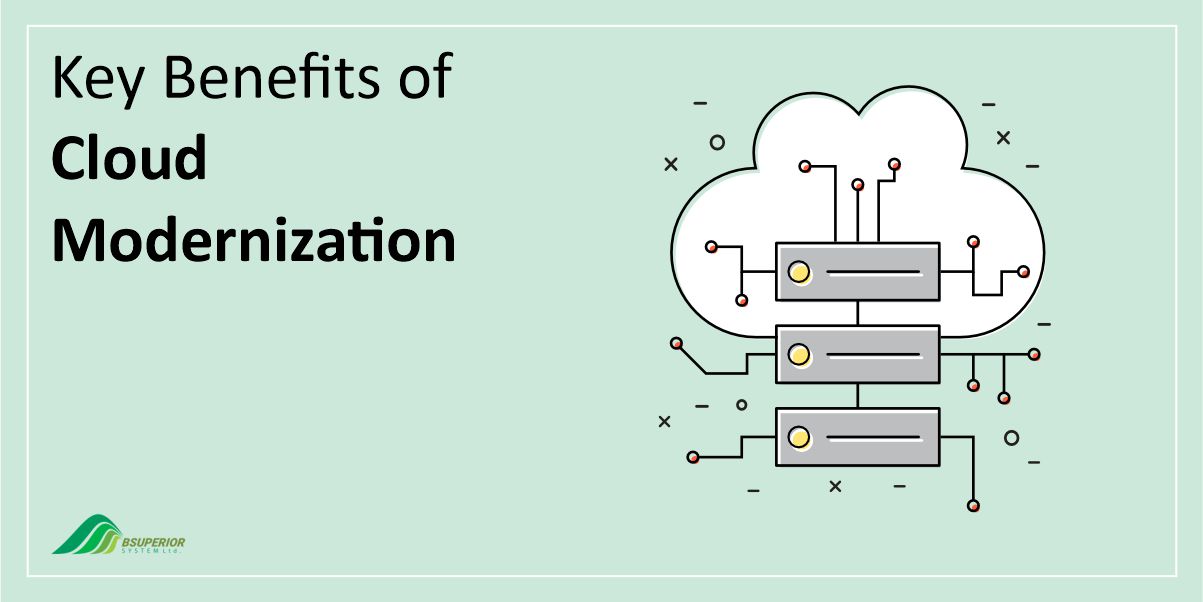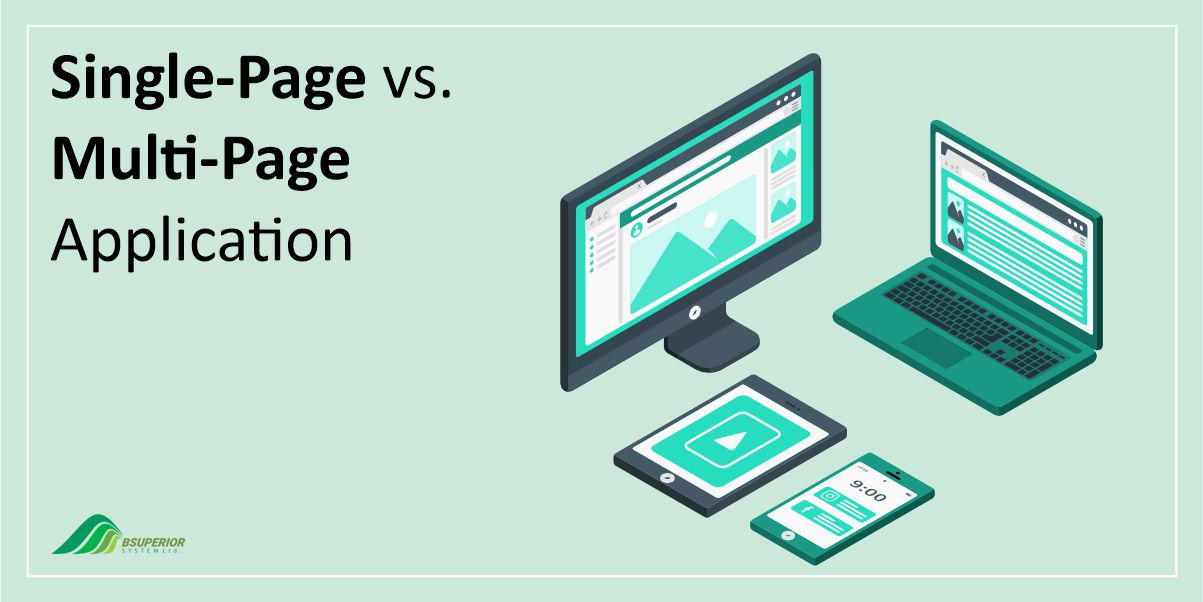EHR Pricing Model: Cost of Implementing EHR

If you, as a healthcare provider, decide to digitize your operations and implement an EHR system, the first point that you must take into account is how much this procedure will cost.
While this might sound quite straightforward, the reality is different, and it is not always easy to pick the right pricing model for your EHR system.
Not only is there a lot of pricing variance between different vendors, but there are also some hidden and unexpected costs that you may encounter along the way. In what follows, we will simplify the EHR pricing for you and explain everything that you need to know in this regard.
Common EHR Pricing Models
When it comes to EHR pricing models, there are five main categories that you can consider. These pricing models are explained below.
1. Subscription Pricing Model
Subscription pricing is a common model in the healthcare software market which has become popular thanks to the rise of cloud-based solutions.
One benefit of this model is that it offers healthcare providers the flexibility to choose between monthly or annual subscription licenses. Compared to usage-based models, subscription pricing simplifies budgeting as costs are predictable and recurring.
Read More: 5 Best EHR Tools For Pediatric Groups
2. Perpetual Pricing Model
The second approach to EHR pricing is the so-called perpetual licensing model which is a traditional approach to software acquisition. In this model, healthcare organizations pay a one-time upfront fee for the software license.
This model also involves additional costs for implementation services and ongoing support contracts, which are usually renewed annually.
Perpetual licensing is often favored by larger healthcare providers given its lower recurring costs after the initial purchase. However, with the growing trend of cloud-based software, more and more vendors are moving away from perpetual licenses.
3. Usage-Based Pricing Model
This model, also known as pay-as-you-use, charges healthcare organizations based on their actual software usage. The usage-based pricing model is appealing to organizations that are unsure of their specific feature needs.
Usage-based pricing offers a clear cost structure, i.e. more usage translates to higher costs. However, one downside of this pricing model is that it is difficult to predict revenue or return on investment for both the vendor and the healthcare provider.
4. Freemium Pricing Model
In this model, the software vendor offers a basic feature set for free, with the option to purchase additional functionalities or premium support.
This allows potential customers to experiment with the software before moving on to a paid subscription. However, the free version mainly lacks features that are important for some organizations.
5. Per-User Pricing Model
The last EHR pricing model that we want to mention here is the per-user pricing model. Under this model, the cost is directly tied to the number of users who will access the software with all features included.
While historically popular, the per-user model is less common in today’s healthcare software market with its wider variety of pricing options.
One notable shortcoming of this model is that customers may choose to limit the number of users to reduce costs. This can lead to customer churn (switching to a competitor) if their needs are not met within the per-user pricing structure.
Read more: Software Development Pricing Models: An Essential Guide
Factors Affecting EHR Pricing
Depending on a number of key factors, the cost of EHRs can range from a few hundred dollars to tens of thousands of dollars per month. The factors that impact EHR pricing are functionality, flexibility, usage level, and vendor support.
Functionality
The number and complexity of the features offered by the EHR directly impact the cost. As a rule of thumb, more comprehensive systems with robust features will end up costing you more money.
Flexibility
In the realm of software, flexibility and configurability play a significant part in determining costs. Generally speaking, the more flexible a software system is, the higher its price tag.
That’s why, it is absolutely necessary to understand what aspects of the system can be configured and what requires custom development
Read more: Benefits of ERP in Healthcare [To 6 Benefits]
Implementation Support
Successfully implementing an EHR system requires expertise from various professionals, such as project managers, trainers, and analysts.
For this, you can either choose to manage this process internally or partner with external consultants. These external firms offer comprehensive support that involves aspects like project planning, system customization, training, and ongoing assistance.
The cost of such support varies based on the level and scope of services required. However, you can expect these support services to account for nearly 20% of your EHR implementation budget.
Usage Level
Another factor that determines your overall EHR cost is how software vendors measure the usage. While some vendors determine usage based on the agency’s staff count, others consider the number of clients within the system or the organization’s revenue.
Usage serves as a main pricing indicator for software companies because it provides insight into the server space required to support the system.
Ongoing Costs
Another factor that you need to take into account in relation to EHR pricing is the ongoing costs. While the initial purchase price is important, it is not the whole story as EHR systems also incur ongoing costs that must be considered when budgeting. These ongoing costs include:
- Direct Costs: Implementing an EHR involves upfront setup fees and ongoing maintenance costs. These usually vary based on the selected system, deployment method (cloud vs. on-premise), and practice size.
- Indirect Costs: These are the factors that indirectly affect operational expenses. One significant indirect cost is staff training. While training may seem expensive in the first place, inadequately trained staff can lead to decreased efficiency, errors, and frustration.
Moreover, it is quite likely that EHR systems need regular maintenance, which can involve scheduled downtime or even unplanned outages. - Unforeseen Costs: It is important to take into account the potential unexpected costs that come with EHR deployment.
For this reason, you should analyze your specific circumstances and possible challenges so that you can steer clear of unexpected expenses after purchase.
Choosing the Right EHR Pricing Model
When it comes to choosing the best EHR pricing model, we cannot offer you a definite answer. The best model for your practice depends on careful planning, meaning that you should take the time to analyze how your practice currently uses a health records system.
Let’s take a look at some key factors to consider when choosing an EHR pricing model:
- Workflow Integration: How well does the EHR system mesh with your existing workflow?
- Feature Alignment: Does the system offer the functionalities you require to operate effectively?
- Efficiency Gains: Can the EHR improve your practice’s efficiency?
- Practice Size: Consider the number of users and overall usage volume within your practice.
It is only by thoroughly evaluating these aspects that you can come up with an EHR pricing model that aligns best with your practice’s unique situation.
Final Words
Implementing EHR presents a complex yet transformative process for healthcare organizations. Multiple factors contribute to the overall cost, including software selection, vendor expertise, customization needs, and licensing models.
That’s why, it is crucial to carefully consider these elements for maximizing the return on investment (ROI) of your EHR system.
Partnering with an experienced software development company like BSUPERIOR can significantly impact your EHR implementation journey. BSUPERIOR’s team understands the unique needs of healthcare organizations and focuses on optimizing EHR efficiency.

Furthermore, their expertise can help identify cost-saving opportunities throughout the implementation process. BSUPERIOR’s skilled team is here to provide you with a cost-effective EHR system and help you unlock its full potential.
We value your input and believe this content may enhance our services. However, it's under review. If you see room for improvement, please use the "Report an issue" button below. Your feedback helps us excel.
Contact us today at –– and speak with our specialist.




